FEM simulation tutorial/ FEA simulation tutorial description:
Abaqus course for beginners package (FEA simulation tutorial) includes 8 lessons and 14 workshops. The workshop topics are designed to provide many tips for learning ABAQUS. Topics presented include areas, modeling of truss structures, modeling of beam structures, calculating stress concentration, calculating displacement in loaded plates, simulating structures with static and dynamic loading, calculating natural frequency, calculating buckling load, forming analysis, Simulation of heat transfer problems, simulation of heat transfer coupling problems, simulation of non-coupling heat transfer problems, impact simulation and etc. Many FEM simulation examples are presented in workshops.
It will guide you going from the basics up to complex simulation techniques and it is very fluid, comprehensive and every single detail is explained.
Every lesson goes straight to the point, without any worthless piece of content. You will learn what you need at every stage, and you will be putting it into practice from the very first day.
In a word, being complete and having support in this course is the essential value of this course.
Most importantly, we support you as you learn in this course. You can contact our experts to ask your questions and enjoy our modelling and simulations step-by-step support.
This is just the beginning for you. If you want to become a professional in Abaqus and simulation, you can use our advanced packages and become a professional in advanced Abacus coding.
Read More: Abaqus student edition | Abaqus download edition
What are the exact contents of each video in this FEA training package?
Click on the chapters of each lesson in the right section of this tab to know the details of the tips and issues presented in this very comprehensive and useful ABAQUS course package.
It would be useful to see Abaqus Documentation to understand how it would be hard to start an Abaqus simulation without any Abaqus tutorial.
The CAE Assistant is committed to addressing all your CAE needs, and your feedback greatly assists us in achieving this goal. If you have any questions or encounter complications, please feel free to share it with us through our social media accounts including WhatsApp.
Read More: abaqus visualization
Read More: Introduction to FEA analysis
Save Abaqus Graphical Setting(s) in Abaqus/CAE | Abaqus Views Toolbar
Abaqus Terminate Job | Pause Abaqus Job | Abaqus Job Command
Applying Abaqus Velocity | Angular Velocity VS Linear Velocity
What is inp File Abaqus and How to Open inp File in Abaqus? Running .inp file Abaqus
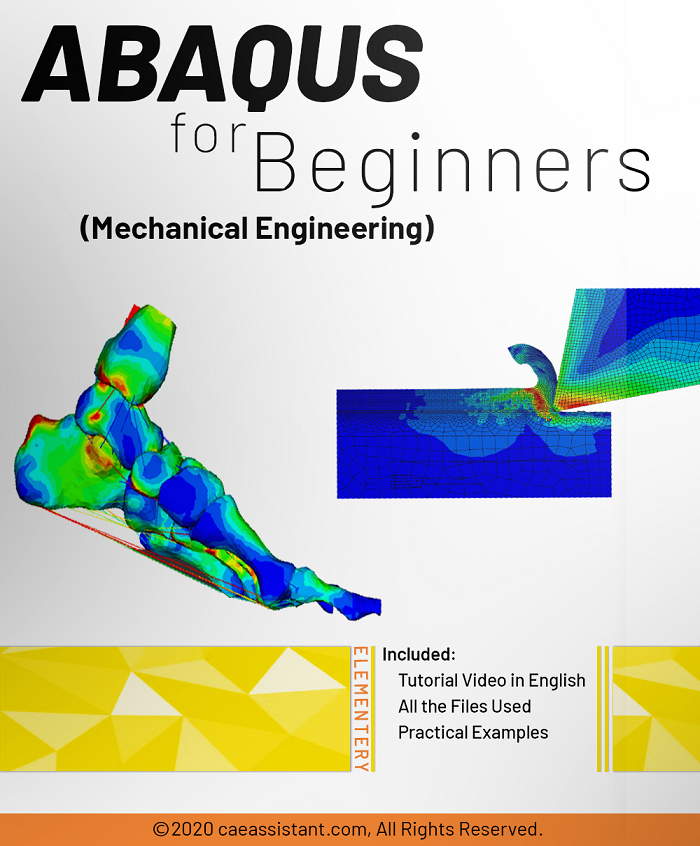
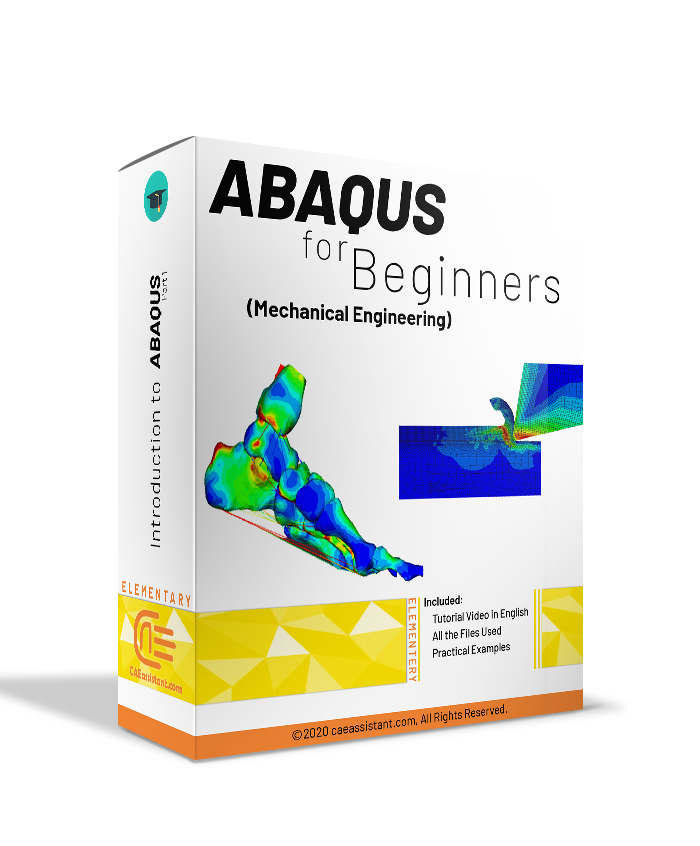
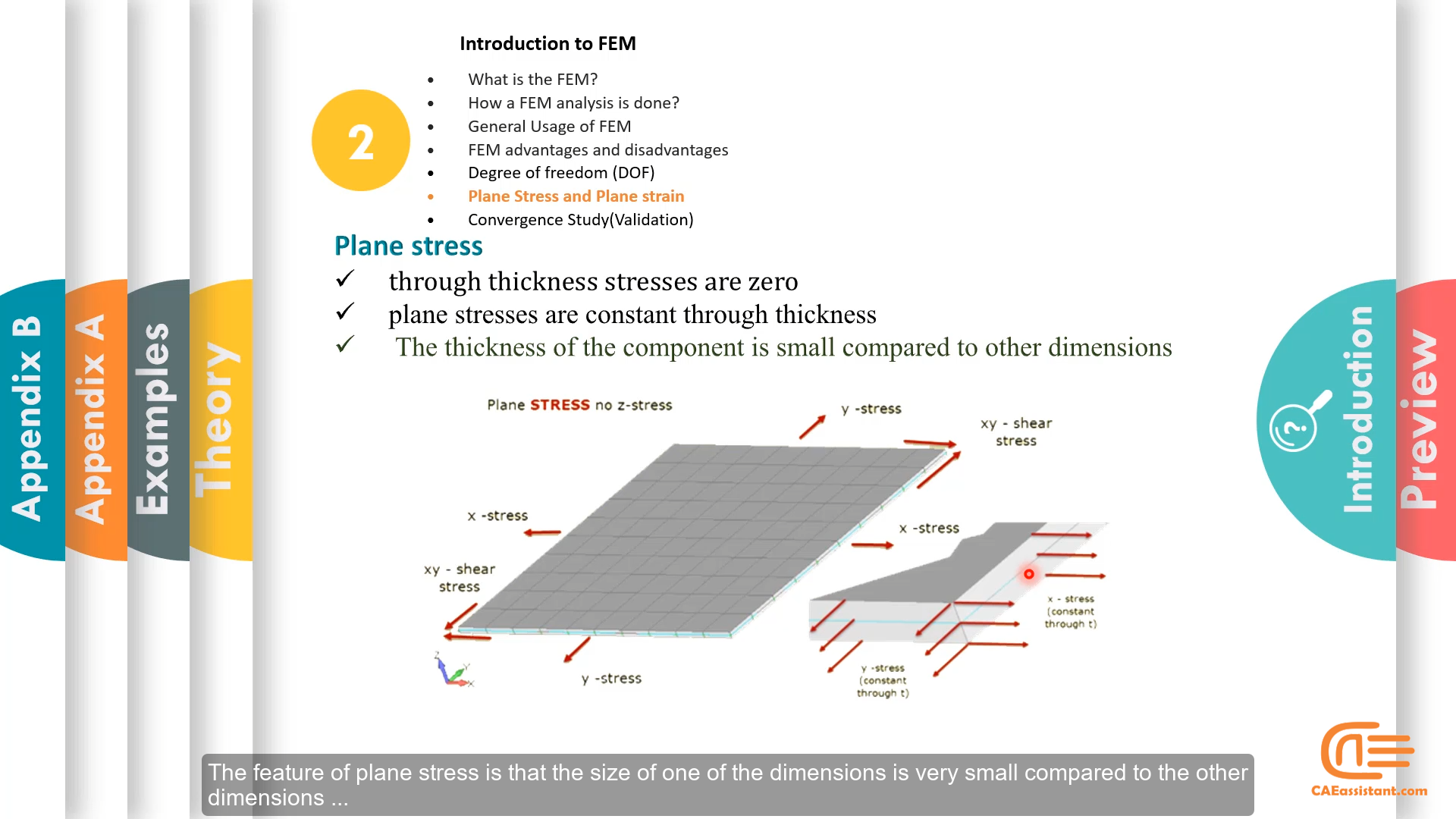
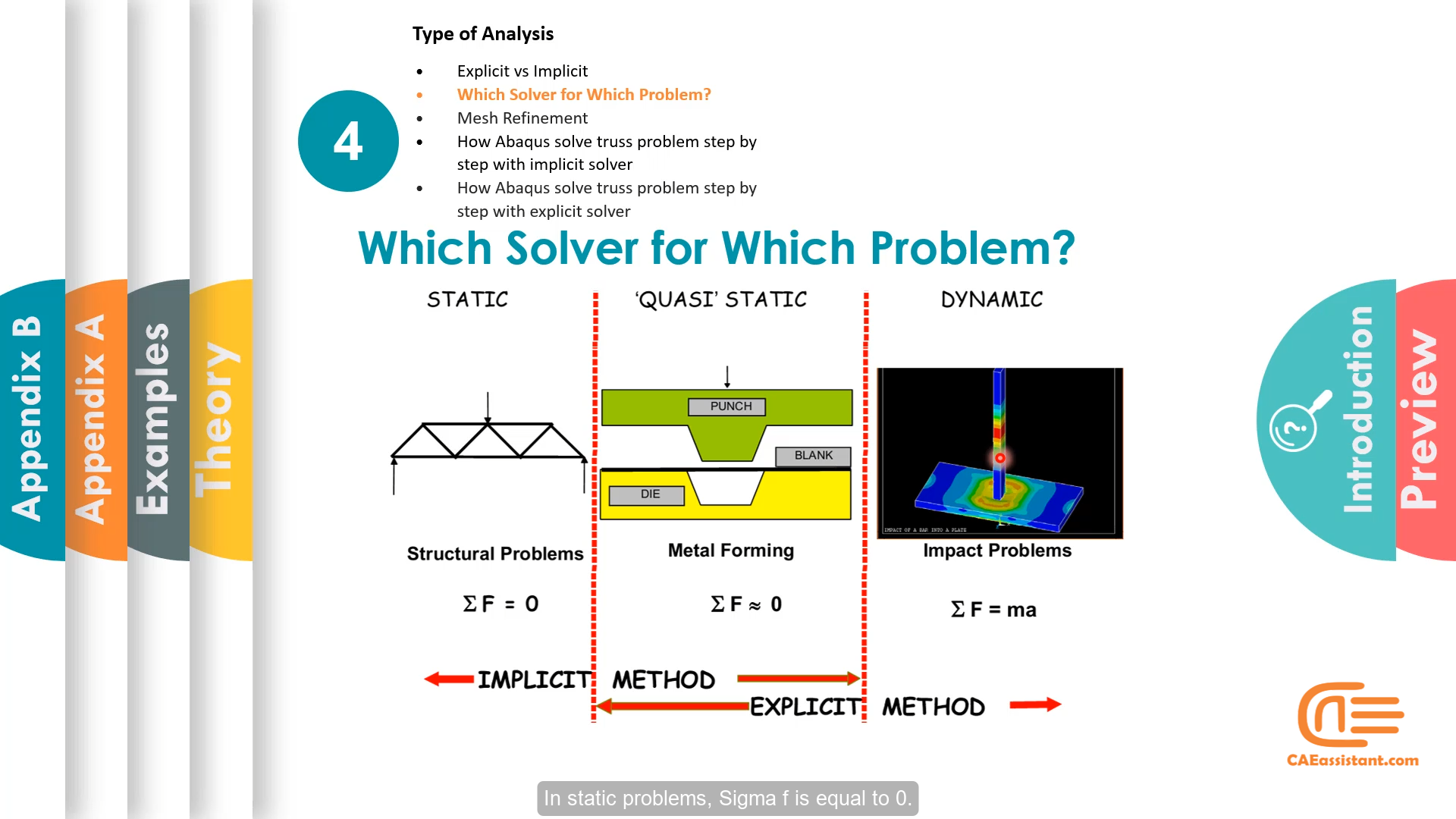
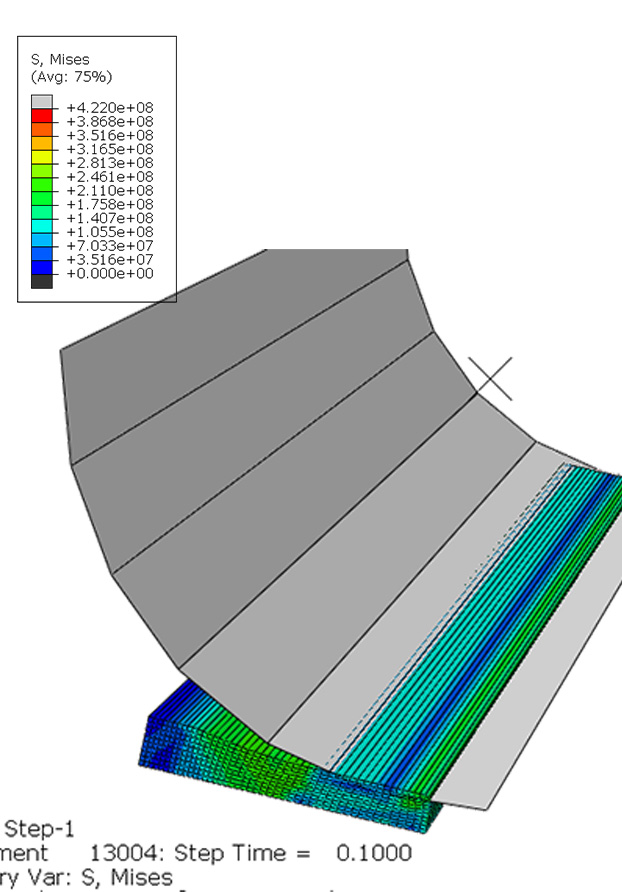

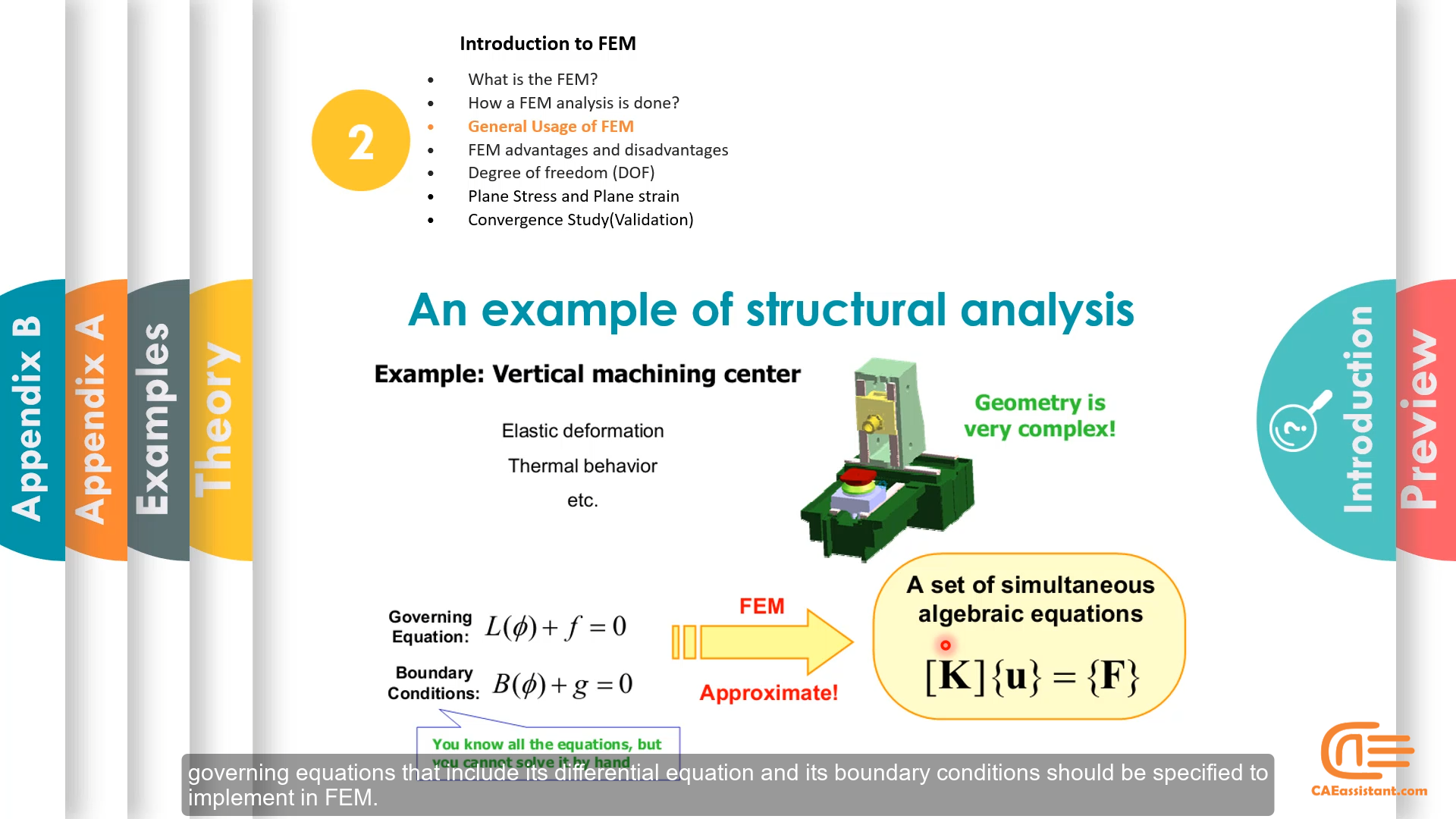
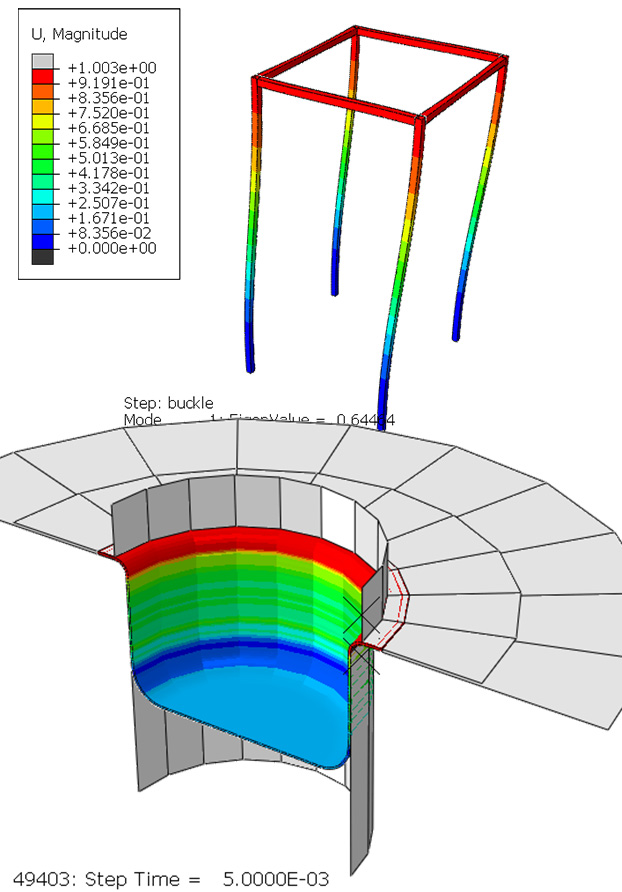
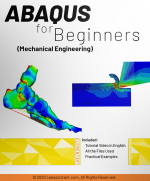
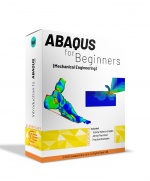


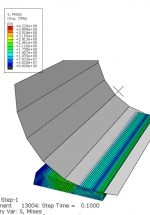


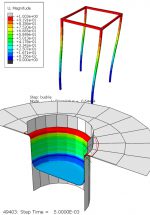
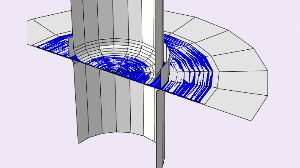

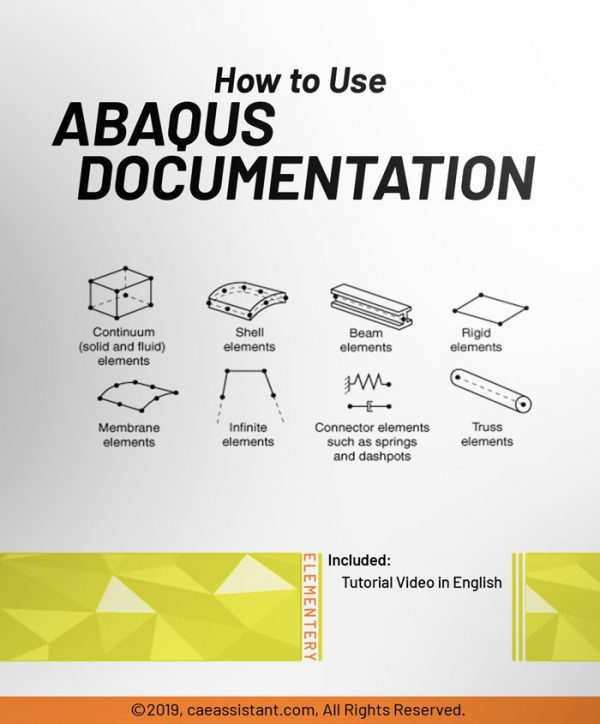
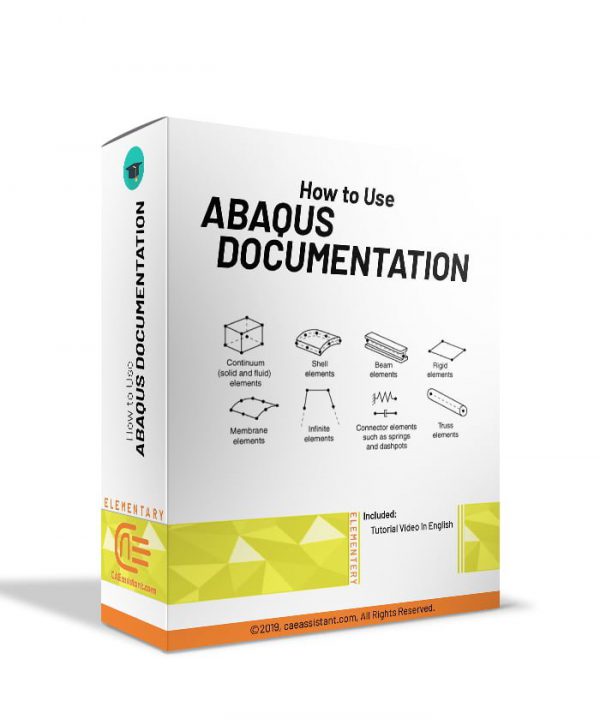
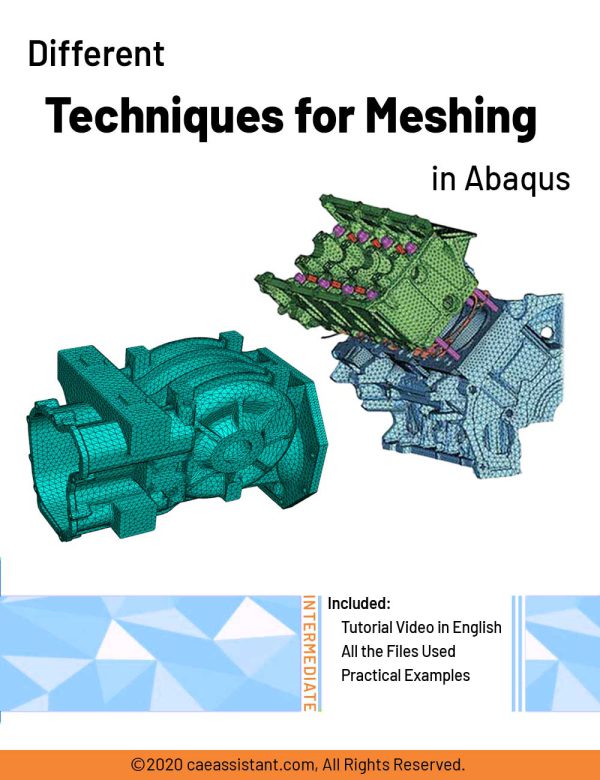
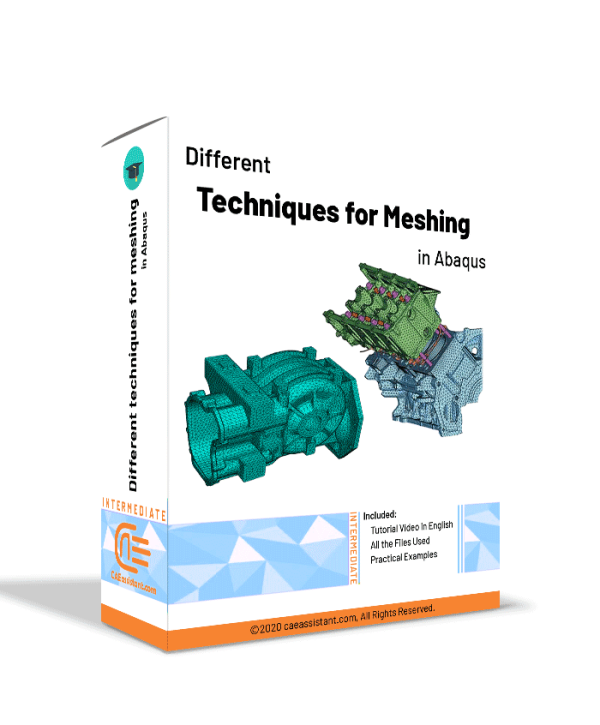
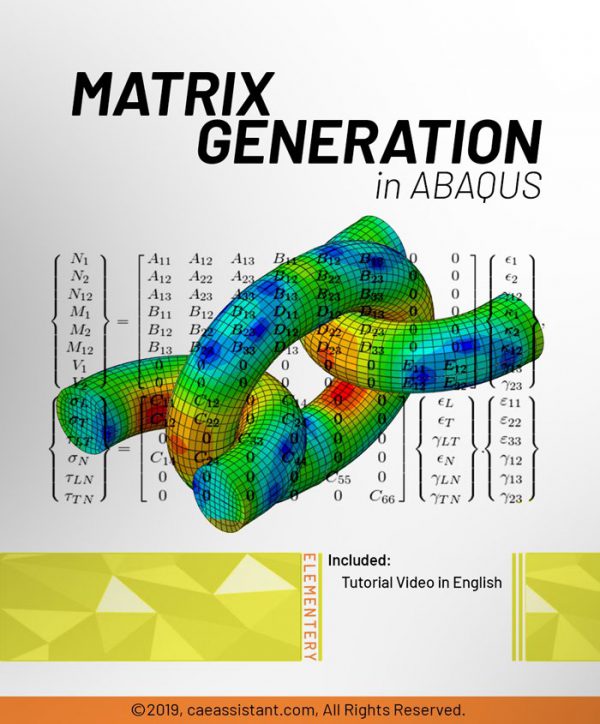
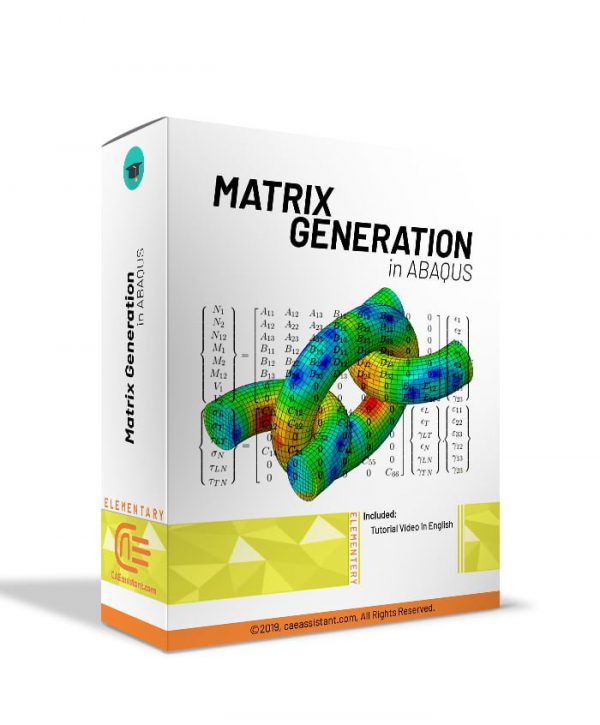
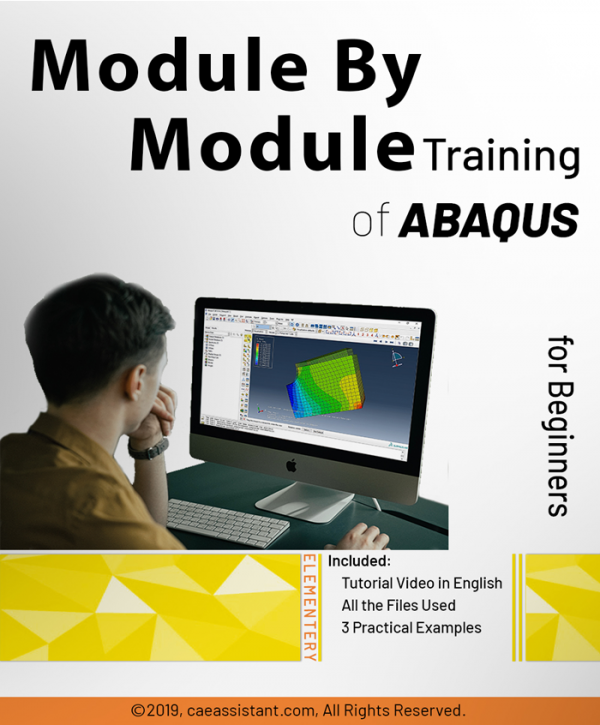
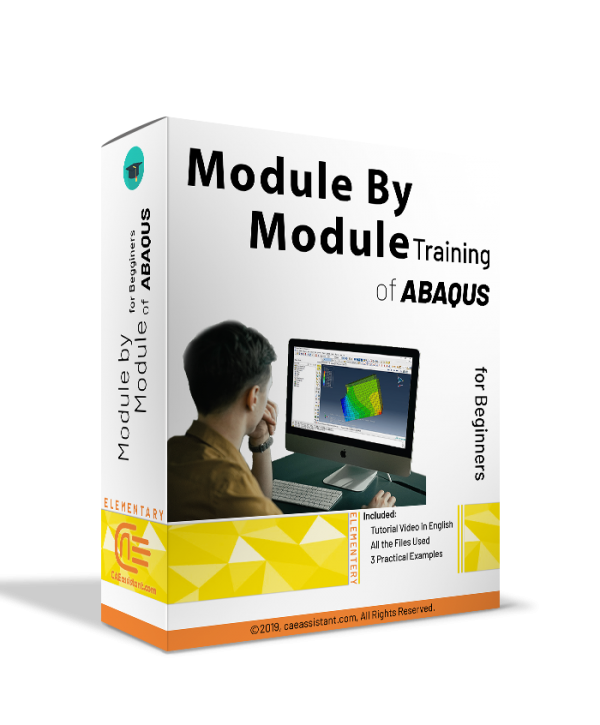

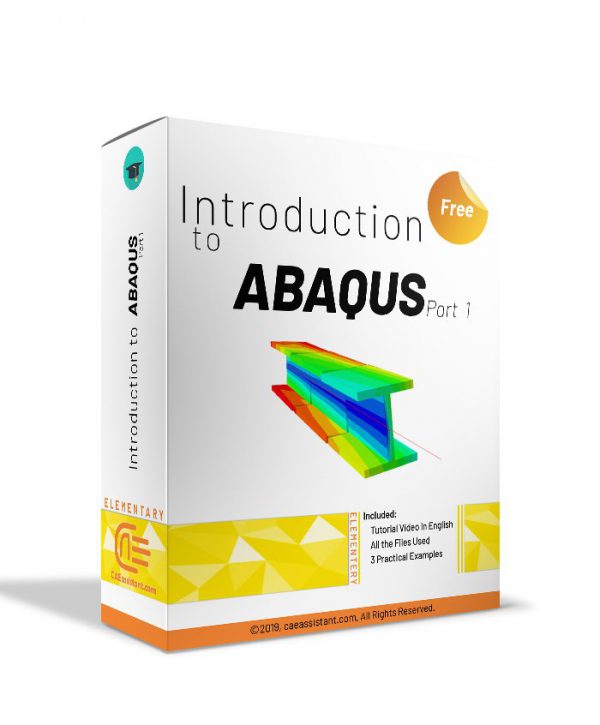
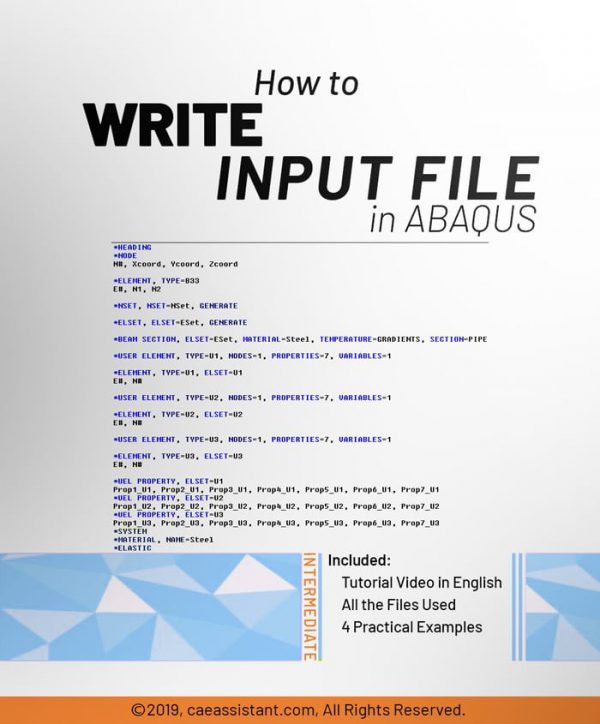
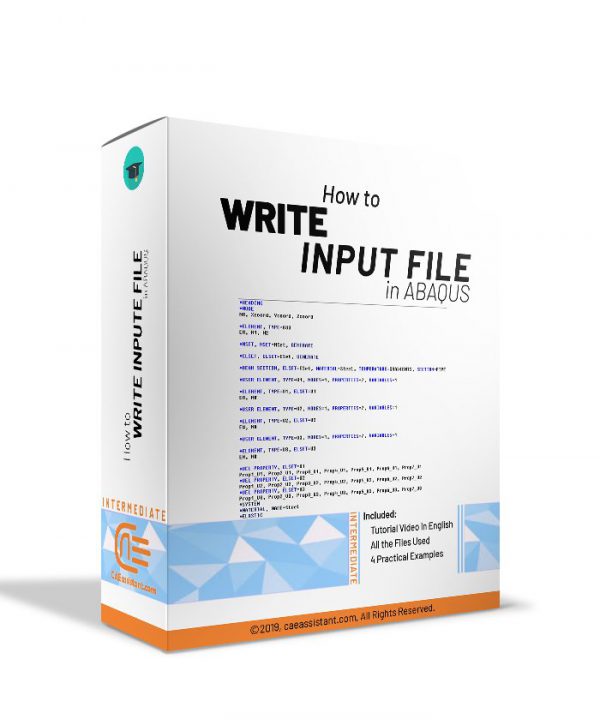
Madi Dehk –
As an Abaqus tutor, I need a comprehensive instruction package for beginners, based on syllables it seems to be a good choice.
David White –
It seems to be a neat and nice package to start with. Unlike other tutorials you see on the web, this one contains explanations about the theories behind the simulation videos which is very helpful to your future analyses.
Dario Chávez –
I do not think Abaqus introductory training will be better than this one. I did not know anything about Abaqus, but now I think I know more than many who have worked with Abaqus for many years. Thanks a lot!
Lucas Rossi –
I’ve gotta say; from the topics I have seen, you can learn the Abaqus deeply and understand the concepts about the many expressions in software like Abaqus. Is there any way to get just the workshops?
Elias Wagner –
I was looking for a website, video, or even a book to start learning ABAQUS. But when I found this package, I would say anyone who wants to start learning ABAQUS should get this package and be done with it. Will be more workshops in the future?
Igor Kovalenko –
Sounds like a great package to start with. But, I am a civil engineer; is this package good for civil engineers too?